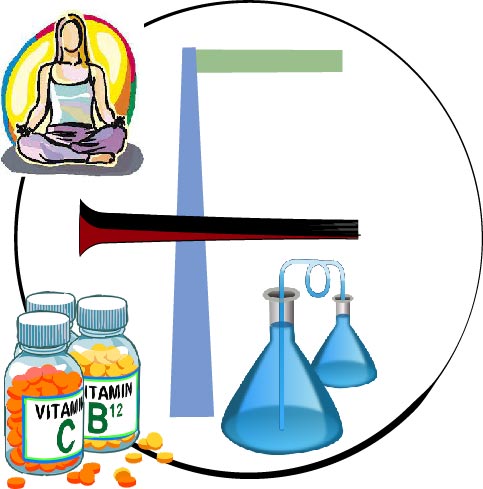Scope
-
-
- Input Martial
- In process stage
- Finish product
- Stability
-
Note : Not applied in process stage which give procedure Further operation (e.g like give option in BMR if result not found as per Limit and further go operation e.g CF drying sample)
Purpose:
Ensure that product safe
Find the root case of OOS
Minimize the reoccurrence of Lab error
Avoid testing in compliance
Evaluate the impact of OOS on another Batch.
Analyst shall report OOS result to supervisor
All the dilutions, reagents and glassware used shall be reserved till completion of lab investigation
Calculations shall be verified
Check for obvious instrument failure.
Look for obvious error
Investigation flow
Phase 1A:(Lab obvious Error)
Phase 1B:(Lab investigation
Phase 2 :(Manufacturing and Lab investigation)
Phase 3 : Investigation
Phase 1A:(Lab obvious Error)
-
-
- Sample spillage
- Power failure
- Incorrect sequence and vial placement
- Equipment failure (Leakage, pressure drop, Bubble, back pressure)
- Incorrect process parameter
-
Evidence of above parameter to be enclosed with report
-
Phase 1B:(Lab investigation)
-
-
- Discuss the method with analyst for possible error
- Verify validity of test method
- Correctness of sample, storage condition and sample handling
- Sampling procedure, probability of sample contamination
- Analyst qualification
- Correct dilutions and weighment of sample
- Column correctness, filter accuracy
-
Note: check pipett use for dilution, flask
Some time may be use the 10 ml volumetry flask instead of 5 ml
Column correctness: historically column use or different column use of particular analysis part number make etc correct
other Q & A
Hplc Chromatography Other Concept
621 no chapter chromatography was update at on date 1-dec-2022
Type of Compartment of HPLC & GC ?
HPLC Calibration As per IPC Pharmacopeia give guidance
HPLC COLUMN – FACTOR AFFECTS,During HPLC analysis
What is Internal standard HPLC / GC- How to USE
What is different between ODS and BDS column in hplc?
HPLC System suitability parameter
